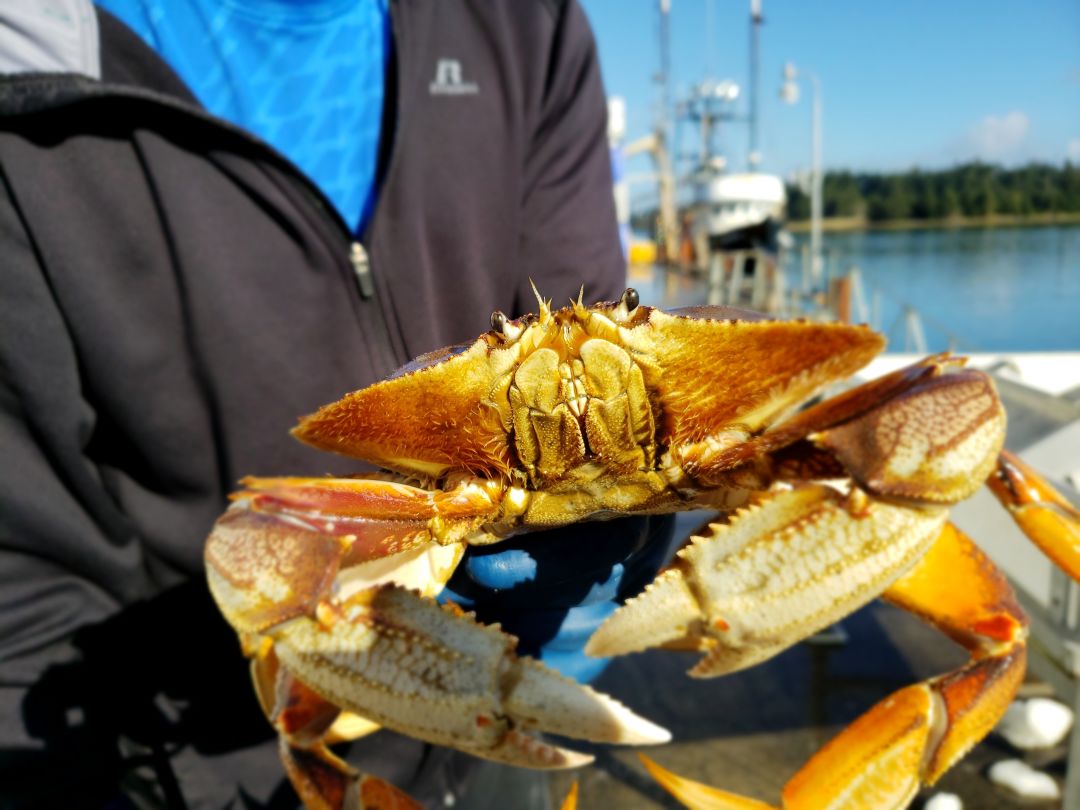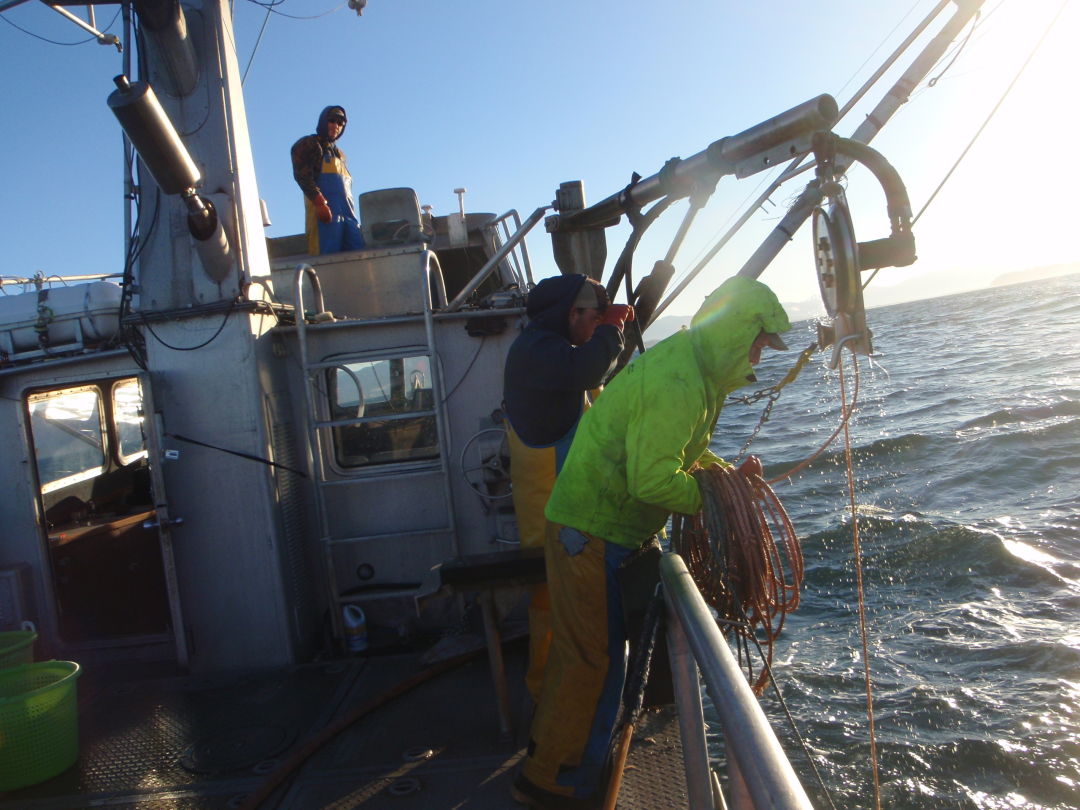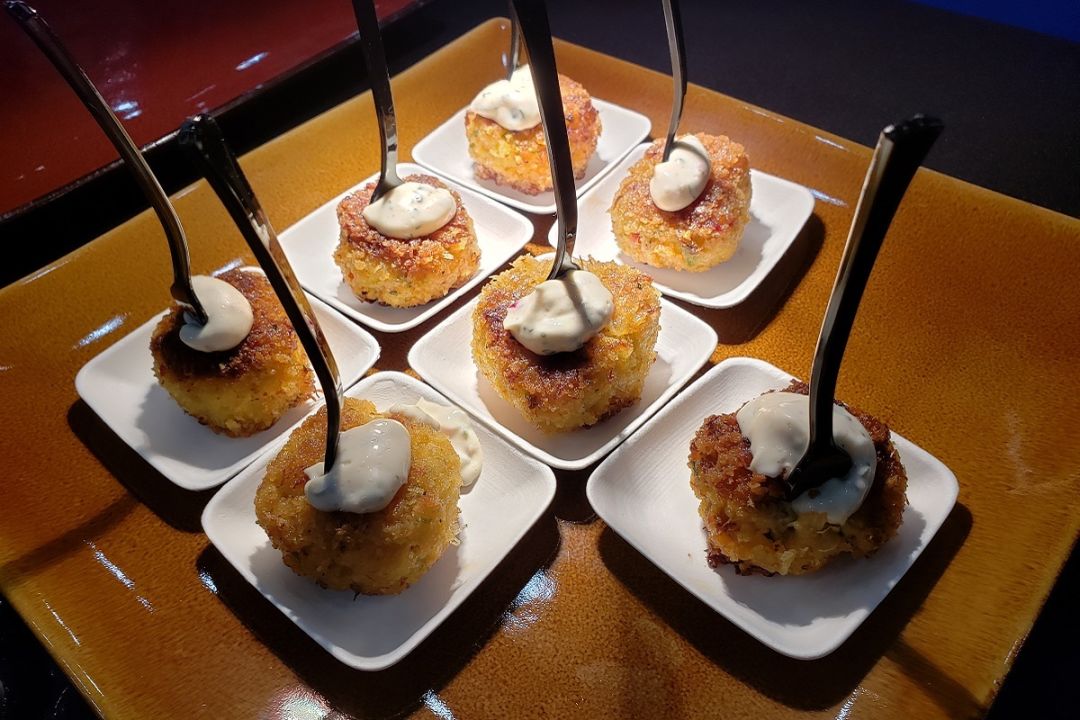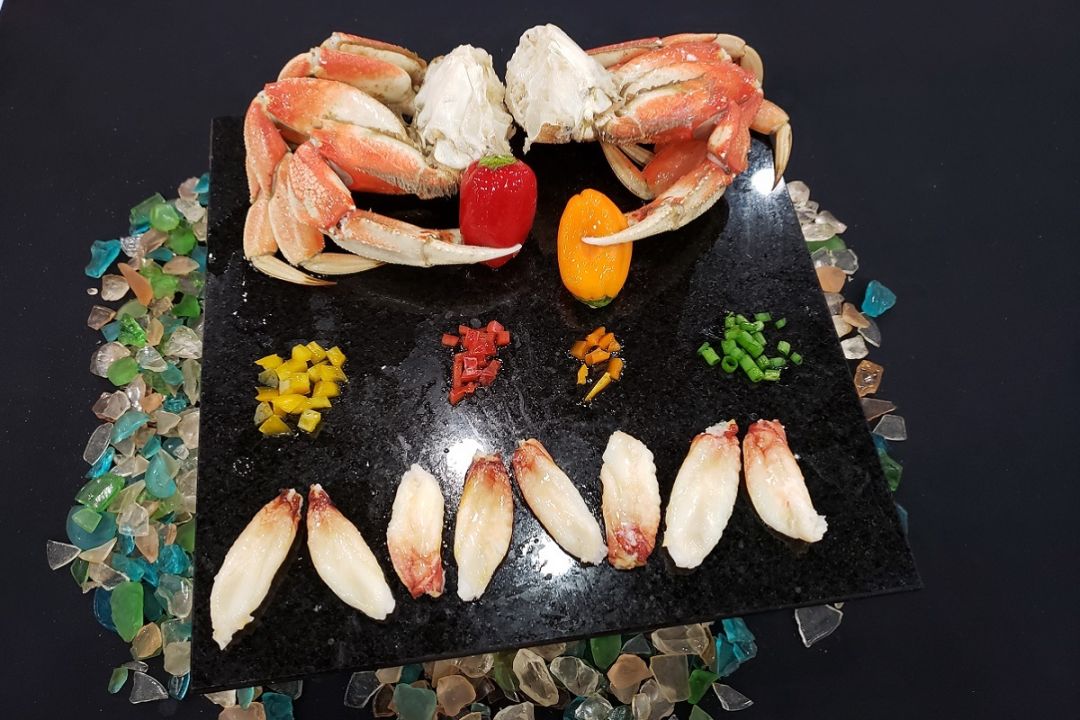Oregon Dungeness Crab: Sustainably Harvested Now for Future Generations
The Oregon Dungeness commercial crab fishery is one of the few remaining 'state managed' fisheries in the country. While more complicated fisheries are regulated by regional management councils under federal Fisheries Management Plans (FMP's), the Dungeness crab fishery in Oregon is managed by the Oregon Department of Fish & Wildlife (ODFW) using a simple system known as the "3 S's"- Size, Sex and Season.
While it goes in cycles, once every so often there is a down season or two, it will then cycle back up. There is a long track record of success under this management system.
In the 2004/05 season, commercial crabbers in Oregon landed a 33.7-million-pound harvest. That is a record that still stands. It set the bar for not only the Oregon fishery, but throughout the entire Dungeness crab fishing range, from central California to the Gulf of Alaska. Since then, the Oregon commercial fishery has surpassed the 20-million-pound mark five times. After 100-plus years of commercial harvests, these records and consistently high landings are just a couple of examples of the health and sustainability of our Oregon Dungeness crab fishery.

So, how does this simple sounding management plan work?
It starts with Size - Only mature male crabs measuring at least 6 ¼ inches across the back of the shell are harvested. Sexually mature but undersized male crabs are gently returned to the ocean to maintain a healthy 'breed stock.'
Sex is a vital part of the equation – As ALL female crabs are likewise released unharmed and returned to the ocean floor, where they continue the mating cycle to insure healthy stocks and future harvests. A female crab can carry up to 2.5 million eggs in the protected area under her abdomen. Unfortunately, not all Dungeness crabs survive to reach the dinner table, but that still increases the odds of a hearty stock quite a bit.
The third ‘S’ is Season -The annual harvest can begin each year as early as December 1st, or when the crabs have tested to be satisfactorily hard-shelled and full of meat. The season closes on August 14th to minimize handling so that 'post molt,' soft-shelled crabs can 'fill out' undisturbed before the next season rolls around again.

This management method has served the resource well for decades. It ensures that 'overfishing' is virtually impossible, and that the Dungeness crab fishery truly lives up to its reputation as a sustainable and well-managed fishery.
But that alone would not be enough to earn the title of “stewards of the sea.” To do that the effort has to be ongoing to find ways to continue to improve in all facets.
The harvest method itself in the Dungeness fishery has become more and more targeted, resulting in little or no by-catch mortality, thanks to that constant effort to improve and find new ways to fish sustainably.

Gear regulations are designed with conservation in mind. State law requires that each crab pot have two 'escape rings' so those females and undersized males that are so important to future generations may exit the pots at will. The lid closure of the pots must also have a biodegradable component (cotton twine) so that pots lost during winter storms will eventually release the trapped crabs, virtually eliminating what is referred to as “ghost fishing.”
A weekly trip limit on the commercial crabbers goes into effect in early June and lasts through the end of the season in mid-August as a disincentive to all-out effort and the potential of handling mortality on soft, post-molt crabs. Also, back in 1996, with the support of the commercial crab fleet, the state imposed a system of limited entry in the Dungeness fishery to minimize the prospects of “over-capitalization.” A total of 433 crab fishing permits were created based on historic participation in the fishery. The fleet will never exceed that level.
Ten years later, in 2006, a 'pot limit' went into effect that reduced the number of pots in the ocean by 50,000 and capped the number any one permit-holder could fish at 500.
In Oregon, our commercial crab fishermen take pride in the sustainability of our crab fishery and with the help of the Oregon Dungeness Crab Commission that they fully fund they will continue to seek ways to ensure that the one hundred-year plus commercial crab fishing history has an equally impressive future.

